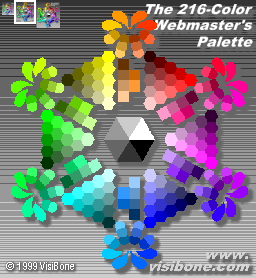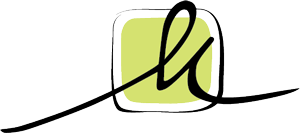 This is another one of many wonderful color tools available on the web for understanding RGB and CMY.
This is another one of many wonderful color tools available on the web for understanding RGB and CMY.
Even though it is outdated – computers are not limited to 256 colors like they used to be – I like it because it shows the RGB, CMY and hex codes for the original websafe colors, plus it allows you to create a nifty contrast table with a palette of eight colors. Play time! The contrast table ends up looking a lot like an exercise we will be doing with the clay.
I also like it because it gives every color a name as well as a number. The names are different from the standard x11 color names. Just one of the many ways to name colors.
“Obscure weak green”, the dark green, doesn’t exactly bring an image to mind but it is useful once you become familiar with the naming strategy of this chart. See if you can analyze the system by clicking on lots of colors.
Naming colors is always a challenge because there is no universal standard. The closest thing in English might be the NBS system of modifiers. The whole list of NBS colors gives you some idea of how hard it is to name every possible color.
We can identify small differences in color so well that we see millions of colors. Even thought there is not a universal naming standard, I like to break it down into three types of naming strategies.
Scientific (b0ring but understandable) stategies like the one used for ColorAid paper, start with the name of the hue (color family) and then modify the name with adjectives like “tint”, “shade”, “pastel”, etc. Naming the intermediaries is especially confusing since for some people “Blue Violet” is more blue than violet and for others it is more violet than blue.
Poetic strategies rely on associations, “Sky Blue”, “Cornflower”, “Pacific Blue” etc. Most of the fashion and home dec color names fall into this category. The Plochere system,based on the Ostwald color space, is one such system that has been used for years by decorators. Very subjective.
Pigment strategies. Artists have their own names for colors based on the pigments used to make the colors. More on that later.
The most commonly used systems in industry, Pantone and Munsell, are very expensive so they can’t be used for common everyday color references. So we are back to our crayons.
If you want a headstart on Monday’s tutorial, divide your crayons into those with scientific names, poetic names and pigment names. Do you agree with all the names? If not, what would you call them.
BTW – Notice that Violet is the only one with a parenthetical name!


Leave a Reply